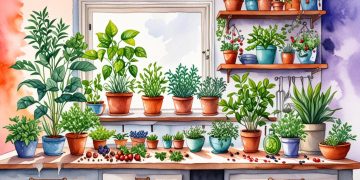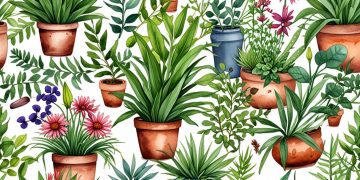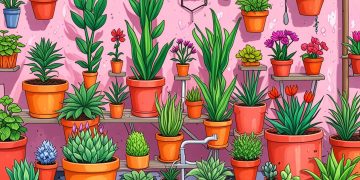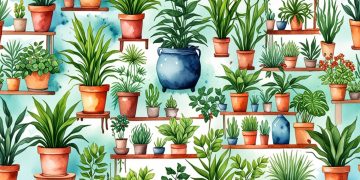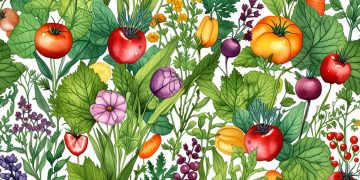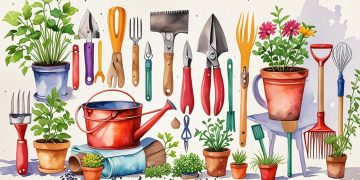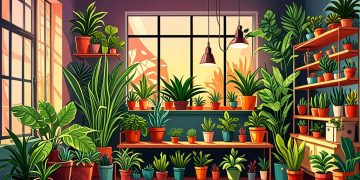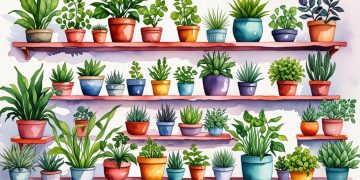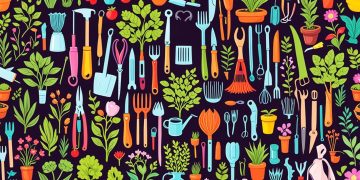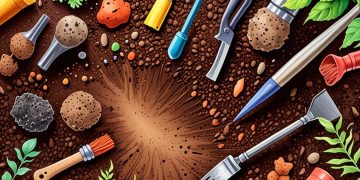Creating a home garden with edible plants offers numerous benefits, including health, cost savings, and enhanced flavors. Understanding climate, space, and plant varieties is essential for success. By selecting suitable plants and practicing sustainability, you can cultivate a rewarding gardening experience that connects you to nature and enriches your meals.
